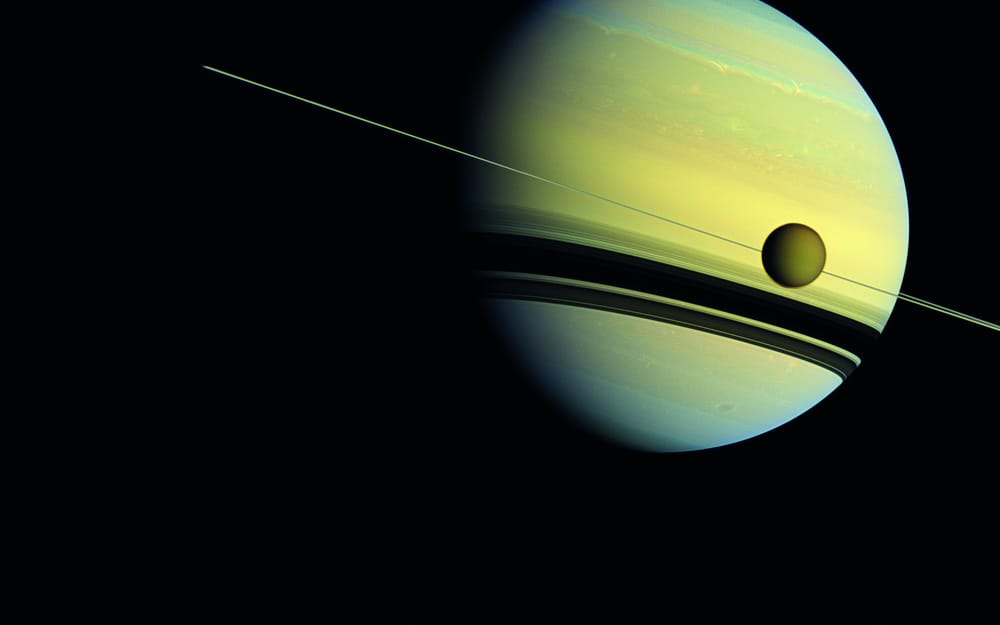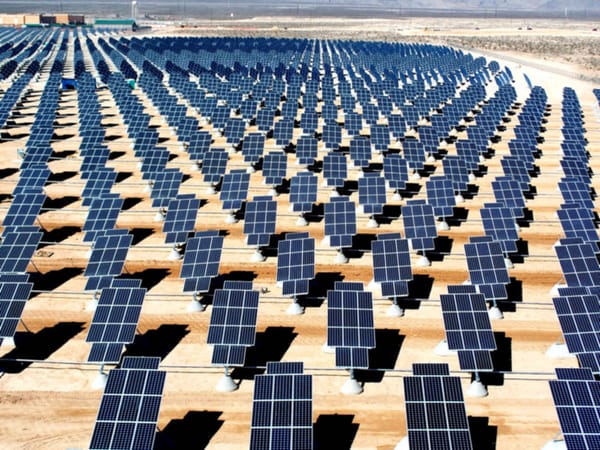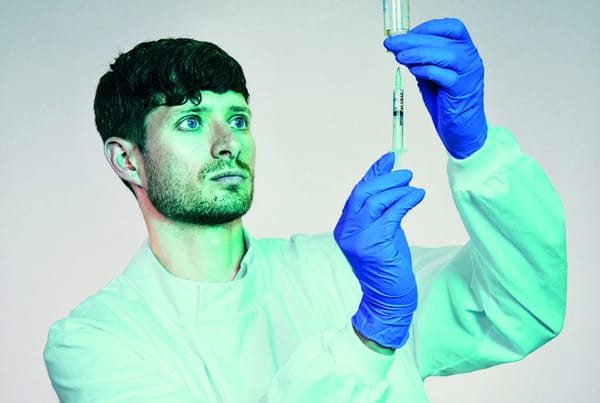A decade of discovery
Ben Fernando interviews Michele Dougherty FRS, principal investigator on the Cassini spacecraft orbiting Saturn

Could you please tell me a little about exactly what your involvement in the mission is?
I am the principal investigator on the magnetometer instrument, one of 11 different instruments on the spacecraft. Our team is investigating the magnetic fields and features around Saturn and its moons. I’ve got 12 co-investigators and their postdocs working on this, so I spend quite a lot of time coordinating what we do.
So what did you do on the way to Saturn?
We spent about four years timetabling what we were going to do when we got there! There are a huge number of people who want to be taking readings of particular things at particular times, and to sort out exactly how we were going to fit things in took some rather frank phone calls.
We also took the opportunity to check our instruments, so when performing our fly-by of the Earth in 1999 we deployed the magnetometer boom to check that everything was working properly.
If you look at a photo of the spacecraft, you’ll see a long boom sticking out of one side. The magnetometer instruments are housed at the end of that, and are kept away from the body of the spacecraft to ensure our readings are accurate.
So what’s the outlook for the next few years on your instrument and the probe as a whole?
We’ve been granted a mission extension to September 2017. At that point, the radioisotope thermoelectric generator that powers the spacecraft will no longer be able to power things enough to maintain accurate orientation and spacecraft control.
As with the Galileo spacecraft orbiting Jupiter, we want to make sure that we don’t contaminate any of Saturn’s moons with debris or bacteria from Earth – so the end of the mission will involve flying straight at Saturn and burning up in the atmosphere.
That’s quite a dramatic ending! It sounds like you’ve all been kept quite busy, so what do you think the greatest achievements of your team and of the Cassini team as a whole so far have been?
Well, to be honest, I think they’re one and the same! A few years ago, we discovered water ice on Enceladus, one of the moons of Saturn. Obviously I like that discovery because it involved my team, but it also made sure that everyone worked as a group, comparing data sets and looking at exactly what was going on.
That really is quite an incredible discovery. So in the next four years, what new things are you looking to investigate?
Well, the magnetometer team really want to model all the different currents that are flowing in the Saturn region. We don’t understand the structure of the planetary field, aren’t sure why the magnetic dipole axis and the rotation axis aren’t aligned and we’d actually like to figure out how long a day on Saturn is!
What do you mean, figure out how long a day is?
It’s actually quite hard to figure out the rotation period for a gas giant like Saturn! We can’t look at fixed points on the surface like we do on Earth, and the atmosphere is obviously not static.
We try to use radio emissions to determine day length, timing how long it takes a particular source of radio emissions to complete one rotation.
Unfortunately, the radio signals from Saturn aren’t constant, they appear to change with time and season, making things rather difficult for us.
I’d never thought about that but it makes sense. Some of that sounds like quite a challenge, so what do you think your biggest task will be in the coming years?
Well personally my biggest challenge will be convincing everyone else to let us roll the spacecraft when we get closer to the end of the mission. The zero-level on our instruments changes, so we need to make sure that everything is properly calibrated.
We wanted to do this by comparing the readings from our magnetometer (built at Imperial) to that built at JPL [Jet Propulsion Laboratory] over in the US, but unfortunately the other one stopped working a number of years ago. Now, the only way to calibrate the instrument is to roll the spacecraft on two separate axes.
And what happens then?
We’re going to perform a close gravity assist of Titan and then launch ourselves into an orbit that takes up through the ring plane. We’ll only be about 7000km above the top of the clouds then, so we’ll have to rotate the spacecraft as well such that the high-gain antenna, the big white disk, is leading. This is to make sure that if we hit any energetic dust particles they put holes in the antenna and not in the instruments!
Once that’s done, we’ll complete 22 orbits inside the rings. On the last five orbits, lasting six days each, we expect to have lost attitude control on the spacecraft and it will be tumbling. I want to be out at the control room when it all ends.
It’s quite sad in a way that the missions end like that. I remember when Galileo ended in 2003. Nonetheless it’s quite impressive that the spacecraft has lasted this long!
Yes, but the spacecraft is getting old now. By the end of the mission it will have survived ten years longer than we expected it to. But my team are already beginning the transition to our new project, JUICE.
Ah, I’ve read about that! Would you mind telling me a little about JUICE before we finish?
So JUICE is a European Space Agency Mission that will be investigating the Jupiter system. My role is very similar, I’m a principal investigator and am building the magnetometer again. I’m also the leader of the science definitions team.
We were selected four or five years ago, and will begin building the first lab model next year. We’ll then spend a few years building the spacecraft, the magnetometer will be built in the Lab down the corridor [level 6, Huxley].
We’re due for launch in 2022, with arrival at Jupiter in 2030. We’ll spend at least three years in the system, and in the last six months we’ll go into orbit around Ganymede, the largest moon in the Solar System. We’re almost sure that there’s an ocean of liquid water there, so we want to measure the depth and the conductivity.
The ESA [European Space Agency] fund the spacecraft and the operations, the UK Space Agency is funding the instrument. They’ve given us £4M, a lot of which will be spend on personnel and the radiation-hard parts that we will need to survive around Jupiter.
That’s very cool – I look forward to seeing how it goes! Thank you.









